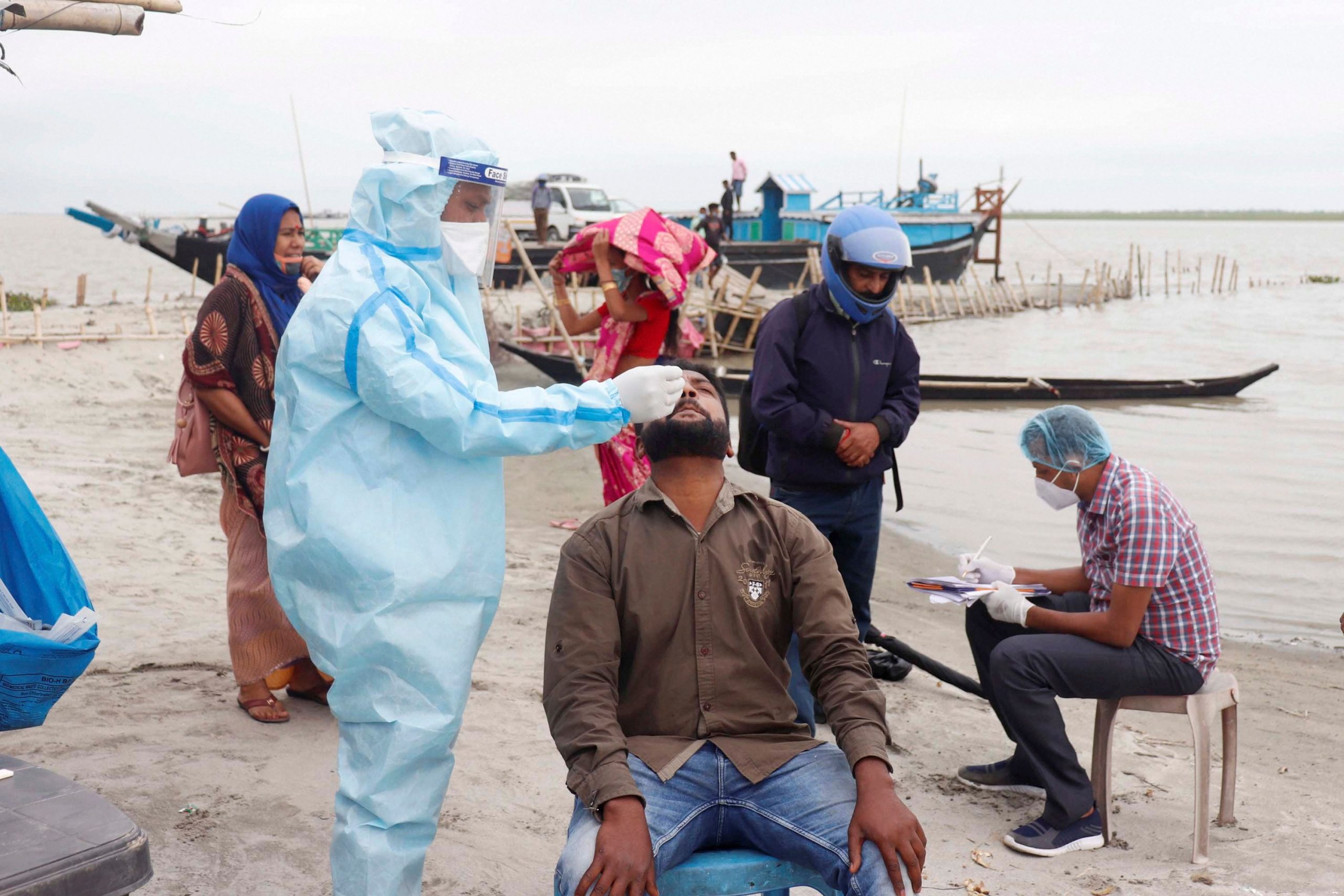India is currently battling the deadliest second wave of COVID-19 pandemic and now the deadly virus has started to spread in peri-urban and rural areas across the country. In the wake of huge rise of COVID cases in rural areas, the Health ministry has released a standard operating procedure for rural and tribal areas.
According to the SOPs, the Central government has emphasised on surveillance, screening and isolation. To ensure that the virus can be kept in check in rural areas, the government has emphasised on active surveillance for influenza like illnesses. People showing symptoms can consult Community Health Officer (CHO) through telephone and cases with comorbidity can be sent to higher centres.
Also Read: All you need to know about the new ICMR protocol for COVID testing
The Centre said CHOs and auxiliary nurse midwifes should be trained in performing rapid tests and the provision of rapid test kits should be made available to all public health facilities, including Health and Wellness Centres, Sub-Centres and Primary Health Centres.
Those asymptomatic, but have had high risk of exposure to COVID patients, should be advised to quarantine and get tested under Indian Council for Medical Research protocols.
Also Read | Ramp up testing, audit installation of ventilators given by Centre: PM Modi
Centre’s latest SOP has also focused on home isolation. It reads, “Nearly 80-85% of cases are asymptomatic/mildly symptomatic. Those patients do not require hospitalisation and may be managed at home or COVID care isolation facilities.” The isolation should also be carried following all ICMR guidelines.
Monitoring of oxygen saturation (SpO2 levels) is essential and if the SpO2 level goes beneath 94, the patient should be referred to a hospital or healthcare facility with an oxygen support bed.







